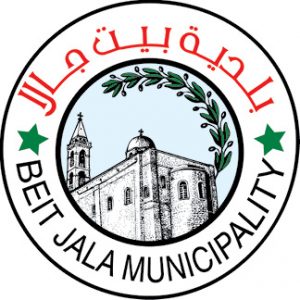Courtesy of Beit Jala Municipality
http://www.beitjala-city.org
Neighboring Jerusalem and Bethlehem, the beautiful Palestinian city of Beit Jala is situated on the slope of a hill covered with olive trees, vineyards, and apricots. Beit Jala is characterized by its remarkable geographic location, moderate climate, fascinating architecture, rich cultural heritage, and the existence of a variety of touristic resources that transform it into a competitive candidate for being an important tourist destination at both the local and international levels.
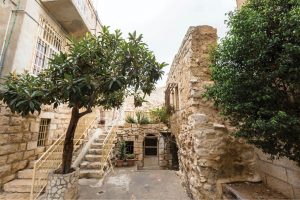
The name Beit Jala comes from Aramaic and means “Grass Carpet,” a carpet that historically extended over an area of 14,000 dunums (14 km2), but the present municipal area covers only about 4,422 dunums as a result of the political situation. The historical center of Beit Jala embraces its original families within five harat (old neighborhoods) that are based on a clear social hierarchy. The social fabric has grown in the center and around St. George Monastery and St. Nicolas Church, considered to be the city’s most important site since it marks the cave in which the city’s main patron, St. Nicholas, had lived during his stay in the Holy Land (around 312–315 AD), and whose pious deeds and miracles gave rise to the modern legend of Santa Claus. In 1925, the inhabitants of Beit Jala completed the building of the Church of St. Nicolas, which shows off much of the work of Beit Jala’s famous stone masons. In fact, these masons left an extraordinary carving legacy that can be seen even today on the decorative facades of the existing buildings and palaces in the Bethlehem area.
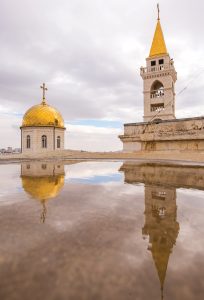
Beit Jala is a vibrant city that offers high-quality services to nearby communities, providing schools, civil and cultural associations, two main hospitals, hotels, and two theater companies, along with many restaurants and commercial stores. In addition, visitors can enjoy various attractions that include Bir Onah historic well, Cremisan Monastery and Winery, Al-Makhrour natural area (UNESCO world heritage site), and the old town.
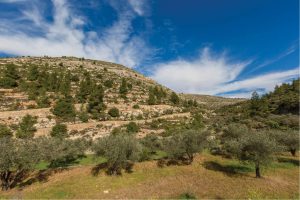
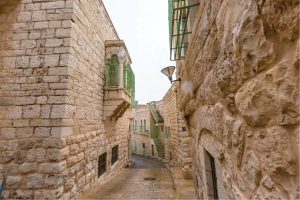
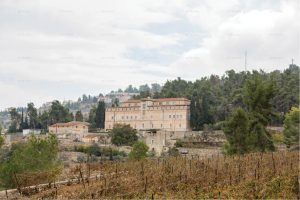
Beit Jala Municipality (established in 1912) is a civil and independent organization that aims to provide all necessary services to the city’s citizens. Led by the motto “Beit Jala – a city of cultural heritage, a touristic city, safe and green,” the municipality launched its current strategic development plan (2018–2021), which is centered on boosting the economic status of the city via investing in tourism-development projects and initiatives as well as fostering the cultural heritage of the city through community engagement. Within this context, the municipality has worked tirelessly on tourism development, including the establishment of the Beit Jala Local Committee for Tourism Development and Promotion, the development of the St. Nicolas Trail, the creation of a comprehensive tourism plan, and the preparation of various proposed projects that will enhance the tourism infrastructure.
 https://www.facebook.com/StNicolasTrail/
https://www.facebook.com/StNicolasTrail/
The aforementioned municipal efforts are also crucial in building bridges with thousands of Beit Jala expatriates in the diaspora through using cultural heritage as a tool to enable them to connect to their roots. The expatriates are considered to be important partners in reviving their heritage. Their support of and dedication to their hometown will genuinely assist in creating a prosperous Beit Jala that remains connected to its past, engaged in the present, and sustainable for the future!
Article photos courtesy of Enjoy Bethlehem.

